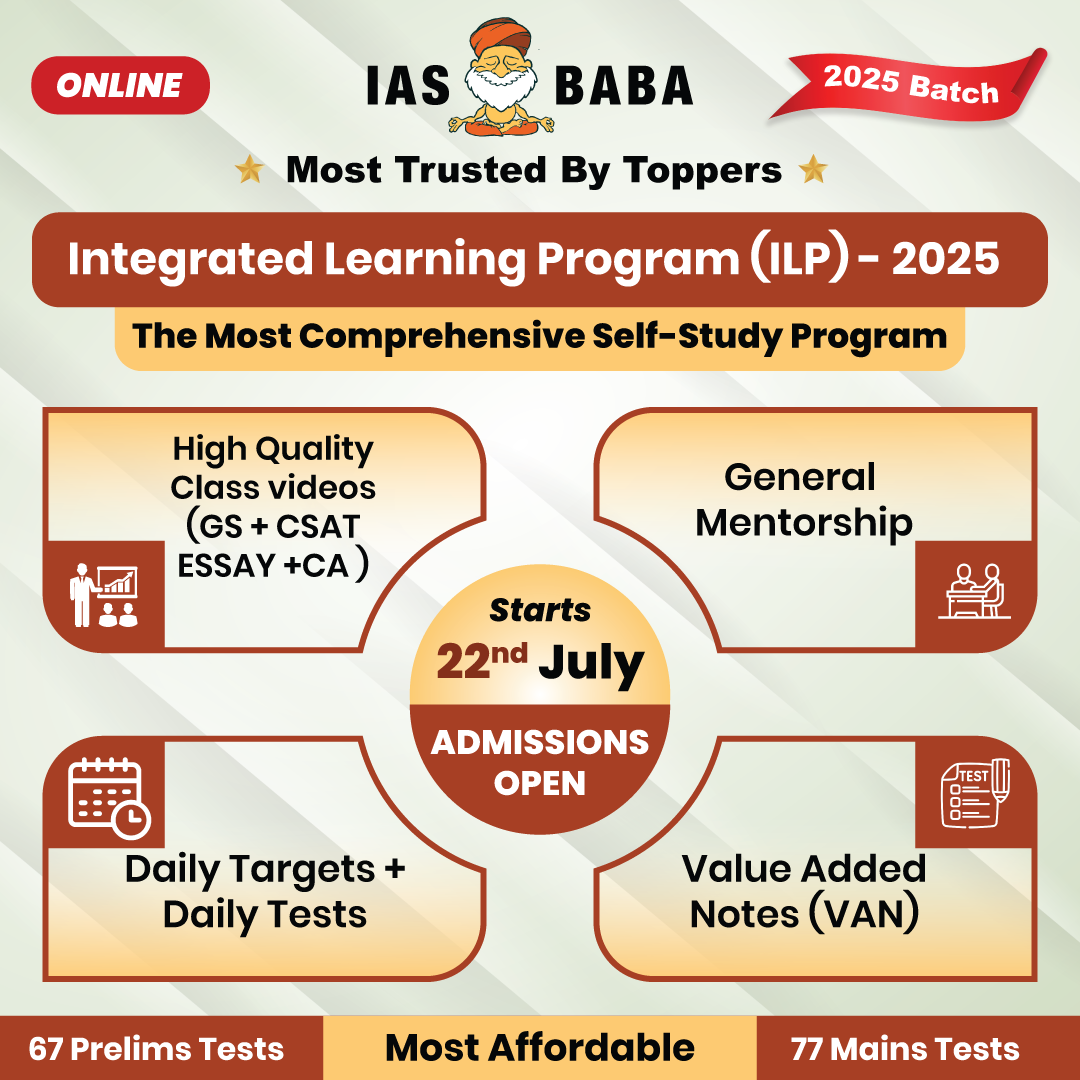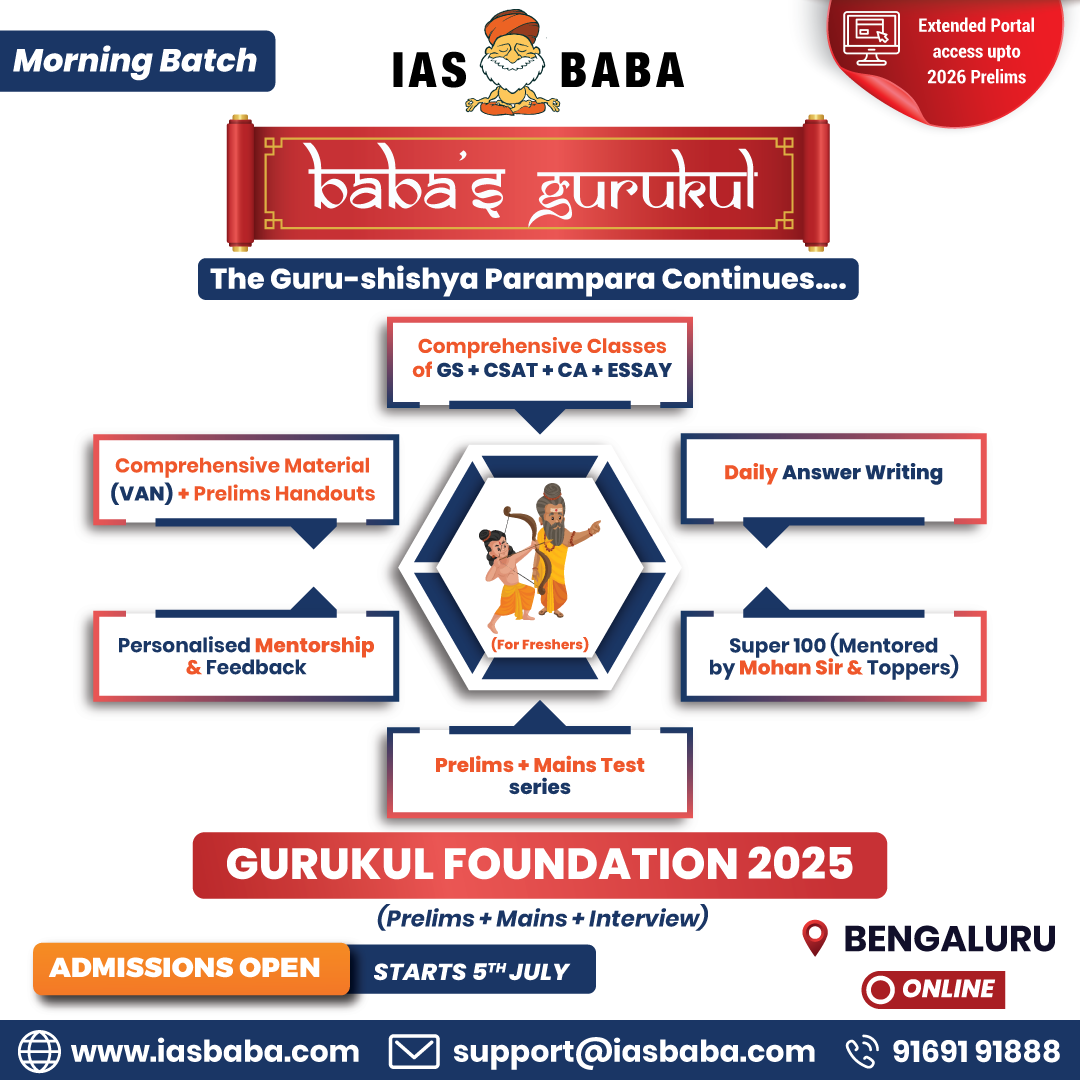UPSC Articles
GOVERNANCE/ ECONOMY
Topic: General Studies 3:
- Devolution of powers and finances up to local levels and challenges therein.
- e-governance and its applications
- Indian Economy and issues relating to planning, mobilization, of resources, growth, development and employment.
SVAMITVA Scheme
Context: On October 11, Prime Minister Modi launched the distribution of property cards under the SVAMITVA scheme through video conferencing.
What is the SVAMITVA card?
- The acronym SVAMITA stands for Survey of Villages and Mapping with Improvised Technology in Village Areas.
- It is a Central Sector Scheme (100% by Union Government) implemented by Union Ministry of Panchayat Raj
- It is aimed at “providing ‘record of rights’ to village household owners possessing houses in inhabited rural areas in villages and issuance of property cards to the property owners.”
- The government aims to provide such property cards to each household in the next three to four years in every village across the country.
- The plan is to survey all rural properties using drones and prepare GIS based maps for each village.
- During the current financial year, the scheme is being implemented as a pilot project in about 1 lakh villages across 8 states – Maharashtra, Karnataka, Haryana, Uttar Pradesh, Uttarakhand, Madhya Pradesh, Punjab and Rajasthan.
How is a SVAMITVA property card generated?
- MoU with States: The framework for implementation of SVAMITVA scheme provides a multi-stage process of generating a property card, which starts with signing of a memorandum of understanding between Survey of India (SoI) and respective state governments.
- Use of technology: The SoI is responsible for preparing the National Topographic database on all scales, using technology (drones, Satellite images)
- Setting up of Network: Once the MOU is done, a Continuously Operating Reference System (CORS) network is establishes that supports in establishing ground control points, which is an important activity for accurate Geo-referencing
- Public Awareness: The next step is the identification of villages to be surveyed during the pilot phase, and make people aware of the process of mapping properties.
- Preparation of GIS Database: The abadi area (residential area) of the village is demarcated and each rural property is marked with limestone (chunna). Then, drones are used for large scale mapping of rural abadi areas. Based on these images, a GIS database on 1:500 scale, and village maps — Gram Manchitra — are drawn.
- Verification: After creation of maps, a ground verification process by drone survey teams follows, on the basis of that corrections, if any, are made. At this stage, inquiry/objection process – conflict/ dispute resolution is completed
- Issuance of Property Cards: After verification, final Property Cards/Title deeds or “Sampatti Patrak” are generated. These cards will be available on digital platforms or as hard copies to the village household owners.
How will the SVAMITVA property data and maps be updated in the future?
- The framework states, “Once the GIS database is prepared encompassing the 6.62 lakh villages, state governments will be responsible for conducting future surveys and updating the GIS database.” They will also decide the update frequency of the re-survey.
Who will own the SVAMITVA data?
- According to the framework, the orthorectified base maps shall be jointly owned by the Survey of India, Ministry of Panchayati Raj and the state government. The GIS data will also be jointly owned by Centre and State.
- However, the data related to property details will be owned by the State Revenue Department as it has the authority to mutate the Right of Records (RoRs) and update the maps.
- Hence, the State Revenue Department will be the owner/host of this data and others will have a right to view
What is the benefit of issuing a SVAMITVA property card?
- Access Credit & Benefits: It will enable rural households to use their property as a financial asset for taking loans and other financial benefits.
- Tax Collection: The database will help in determination of property tax, which would accrue to the Gram Panchayats directly in states where they are empowered to collect such taxes
- Enhances Liquidity of assets: The cards will help increase liquidity of land parcels in the market and increase the financial credit availability to the village.
- Developmental Planning: The scheme will also pave the way for creation of accurate land records for rural planning. All the property records and maps will be available at Gram Panchayat, which will help in taxation of villages, construction permits, elimination of encroachments, etc.
Conclusion
- State governments and local authorities need to be enthusiastic about the scheme for it to become successful.
Connecting the dots:
- 73rd Constitutional Amendment Act















